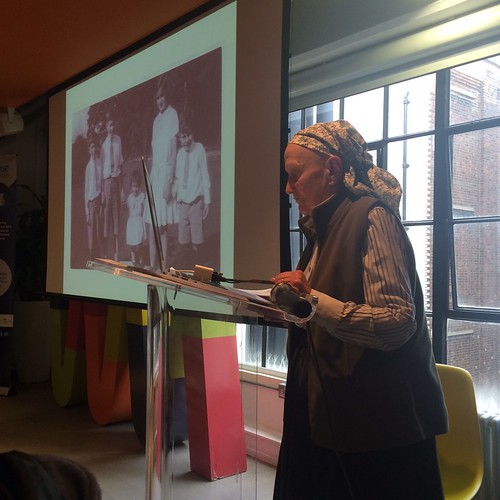National academies of science serve a variety of purposes including recognizing the country’s eminent scientists and providing an impartial (usually) voice to government and other policy makers. If this voice is to be truly representative it needs to be inclusive. For too long academies have not lived up to this. This isn’t simply a case of Western academies, as a new report (Women for Science: Inclusion and Participation in Academies of Science) published by the Academy of Science of South Africa (ASSAf), supported by the InterAcademy Partnership makes clear: this is a global problem. The countries of South America and Africa are better with regard to gender mix than their counterparts in Europe and North America. But not much. The reality exposed by this report is that no country does well on the gender mix of their academy’s fellowship. Across the Global Network of Science Academies, the average share of women members across 69 national science academies was a mere 12%, with nearly one half having a percentage of less than 10%.
There are some things in the report I find even more disturbing than the absolute numbers, notably the apparent lack of ambition or strategy to change. I have often written about the work the Royal Society has been doing around diversity, increasing the pool of candidates and changing the imagery in its public spaces. Unlike the Royal Society, many of the academies questioned for this report seem to be unaware they have a problem. The survey explicitly asked each academy whether they had any document (e.g. a strategy or policy document) which mentioned the need for increased participation by women or a gender policy. Only 40% indicated that they had one or the other. Less than a third had a ‘women in science’ programme, loosely defined. And for those national academies that also sponsor and evaluate research, little attention seemed to be paid to any possible gender implications, with only just over a third factoring this in for their sponsored research, and under a third in the context of research evaluations. Unconscious bias would seem to be an unfamiliar concept to the majority of the academies.
Put in this light, maybe the Royal Society itself looks less like a pariah and more like a beacon for many other organisations! Just in the last week they have announced a new prize for work in diversity, the Royal Society Athena Prize (closing date March 29th). The aim of this prize is to recognise individuals and teams in the UK who have contributed towards the advancement of diversity in STEM in their institutions and organisations. Its aspiration is to inspire innovation and leadership in diversity issues. The main event associated with the award of this year’s Rosalind Franklin Prize also took place this past week. This prize, supported by BIS, is made to support the promotion of women in STEM and was won this year by UCL’s Rachel McKendry. As part of her prize she ran an ‘appathon’ and I had the pleasure (despite being hardly an expert in apps) in participating in the judging team. The afternoon’s activities, when the prizes were awarded ,were great fun and included a brief reminiscence by Rosalind Franklin’s younger sister Jenifer Glynn of her sister, trying to counter some of the myths that have grown up.
 Jenifer Glynn speaking at last week’s Rosalind Franklin Appathon
Jenifer Glynn speaking at last week’s Rosalind Franklin Appathon
The final strand in the current plethora of Royal Society diversity events will be next weekend, when the updated successor to Ottoline Leyser’s wonderful book Mothers in Science: 64 Ways to have it all (itself the product of the 2007 Rosalind Franklin prize) will be launched to coincide, roughly, with International Women’s Day. I am looking forward to seeing this new book which has now been widened to cover diversity much more broadly, no longer being just about mothers.
There is absolutely no doubt the Royal Society is doing its best to move the climate forward for women in science. The imagery has been updated, as I for one have publicly called for. There are images of women in various parts of the building, including this group
of photos by Anne Purkiss at the entrance. Unconscious bias training is being introduced and I can attest to the fact that committees are much more likely to discuss any sorts of inappropriate comments in references or around the table than a few years ago. There is a long way to go. People can still point to the low numbers overall of women in the fellowship, but progress is being made. And, as one of the 50 or so women who are FRSs I can assure you there is a strong desire to involve us centrally in the different aspects of the Society’s work. If we turn down some of the opportunities on offer it is because we are overworked!
So, as you read the Interacademy Partnership’s report and realise that around the world women are underrepresented essentially everywhere and often hardly considered, it is worth bearing in mind that within the UK progress is being made. Not just in numbers but, perhaps at least as importantly, in mindset.

